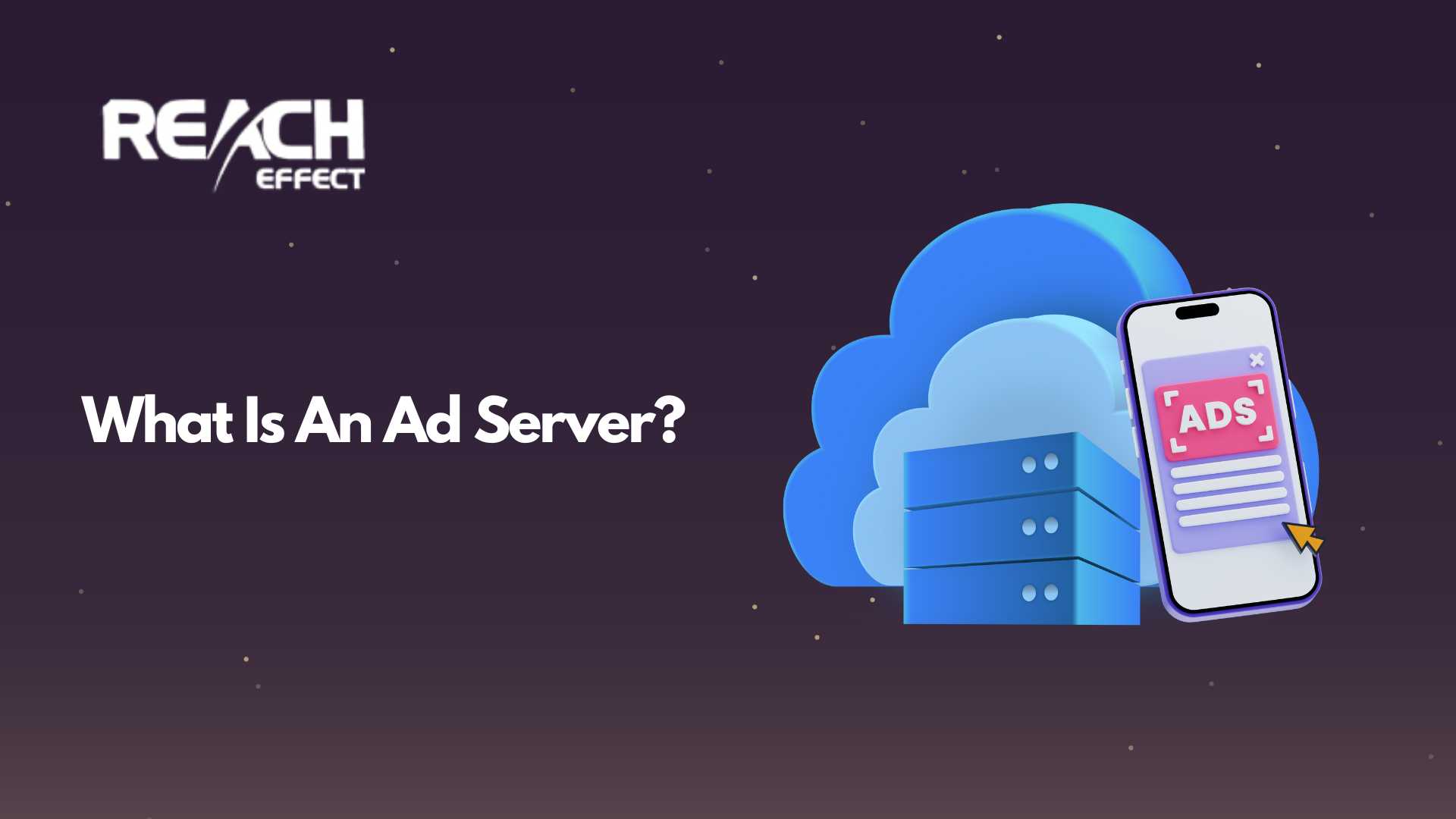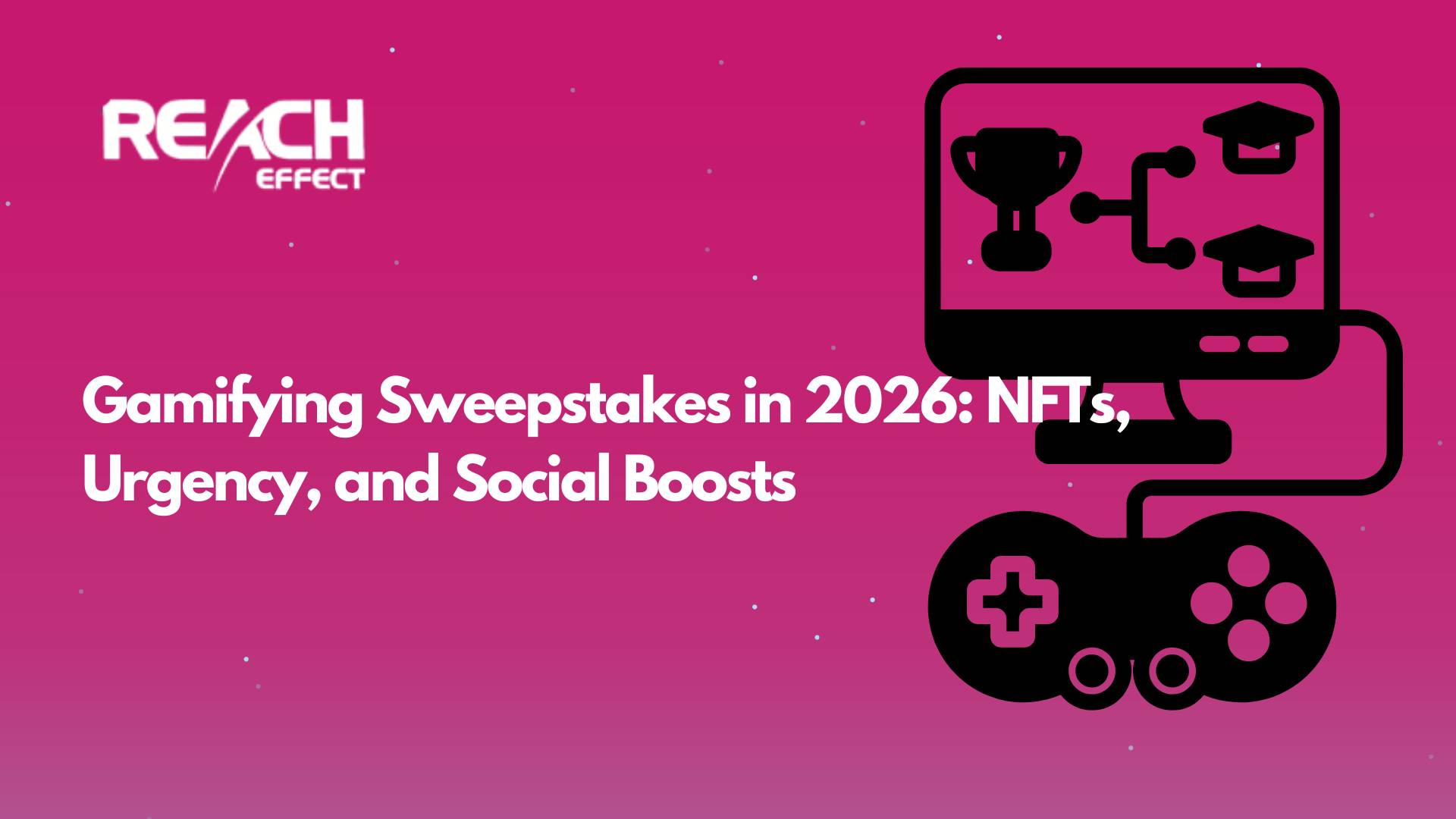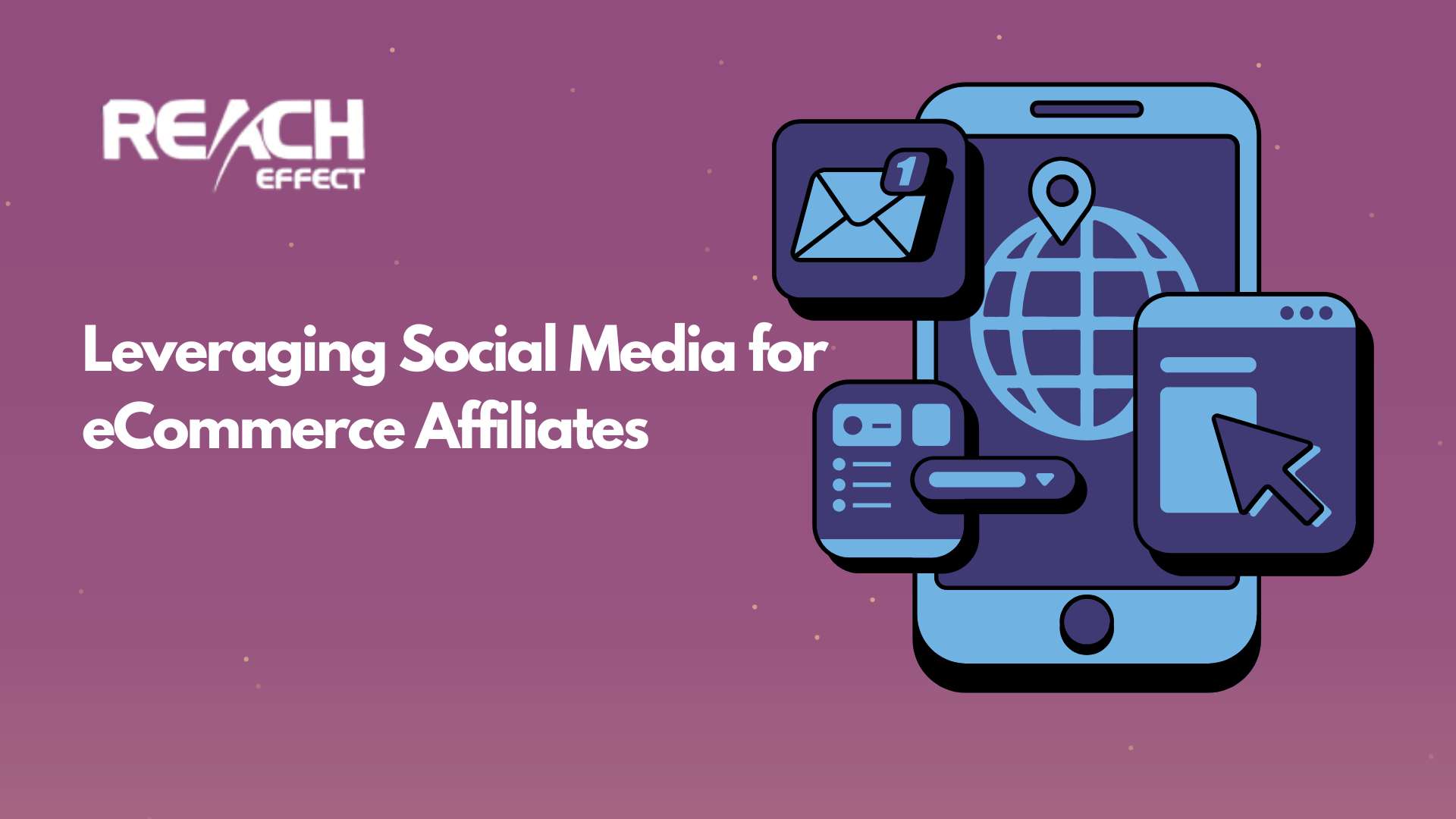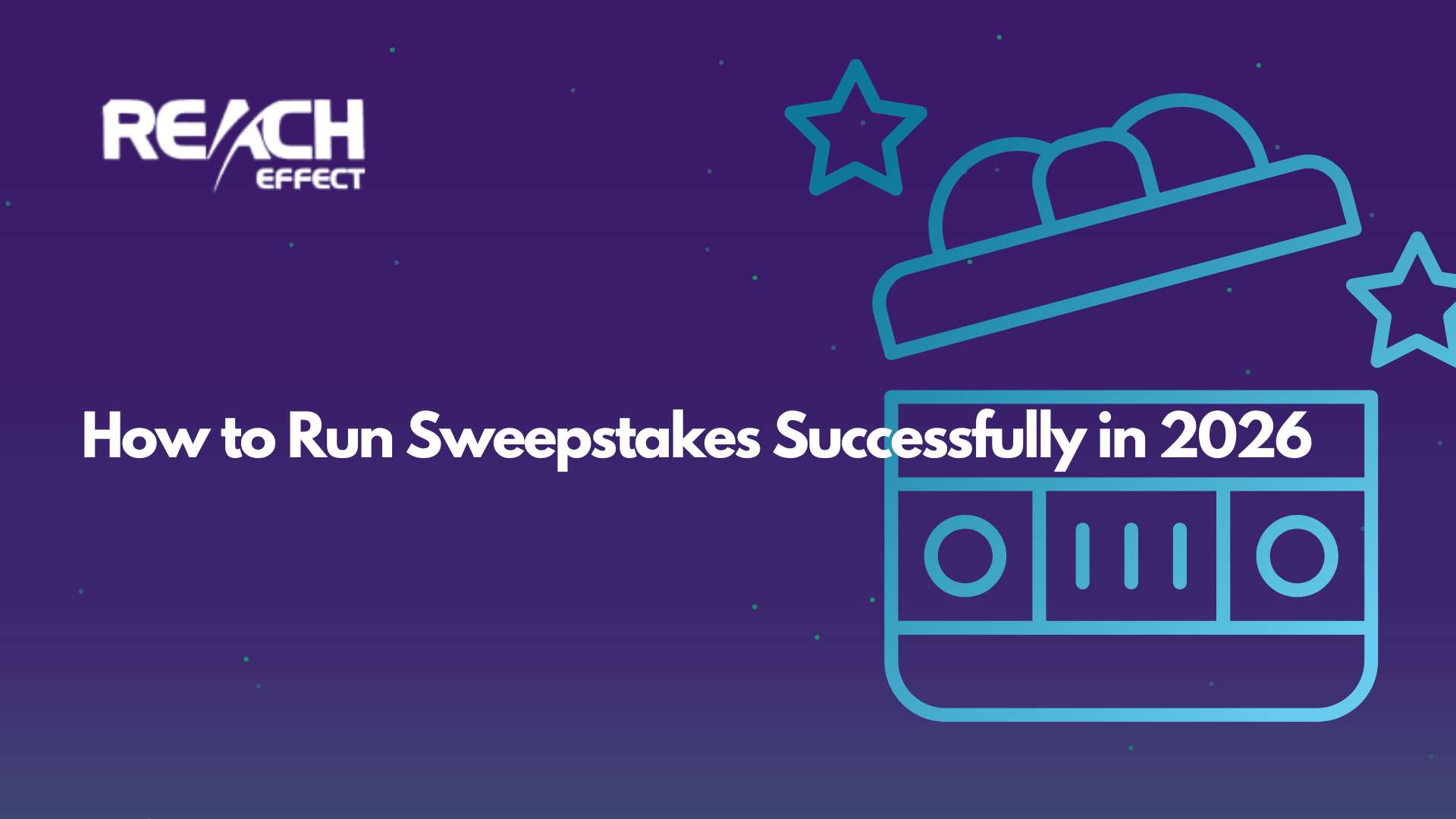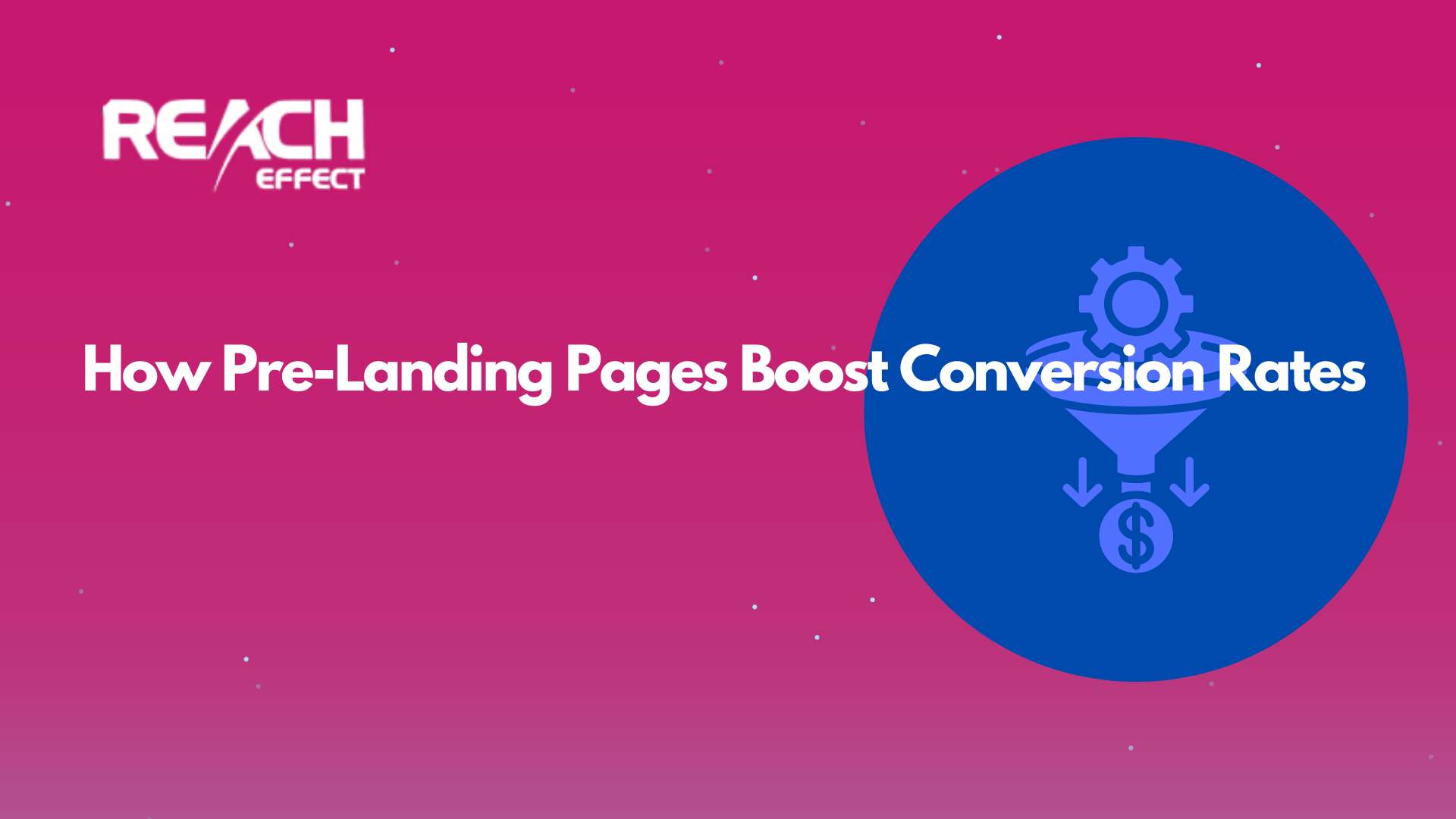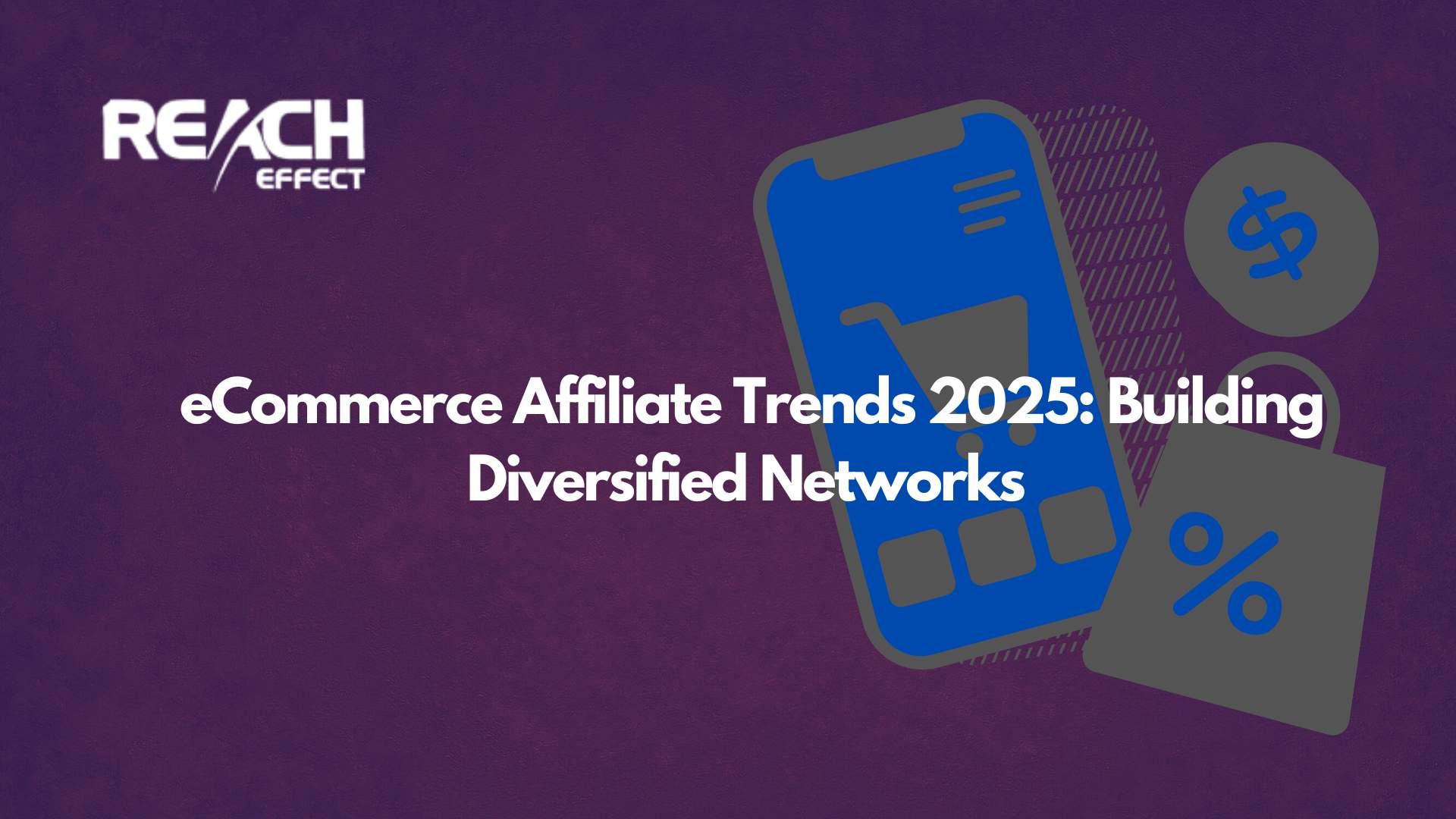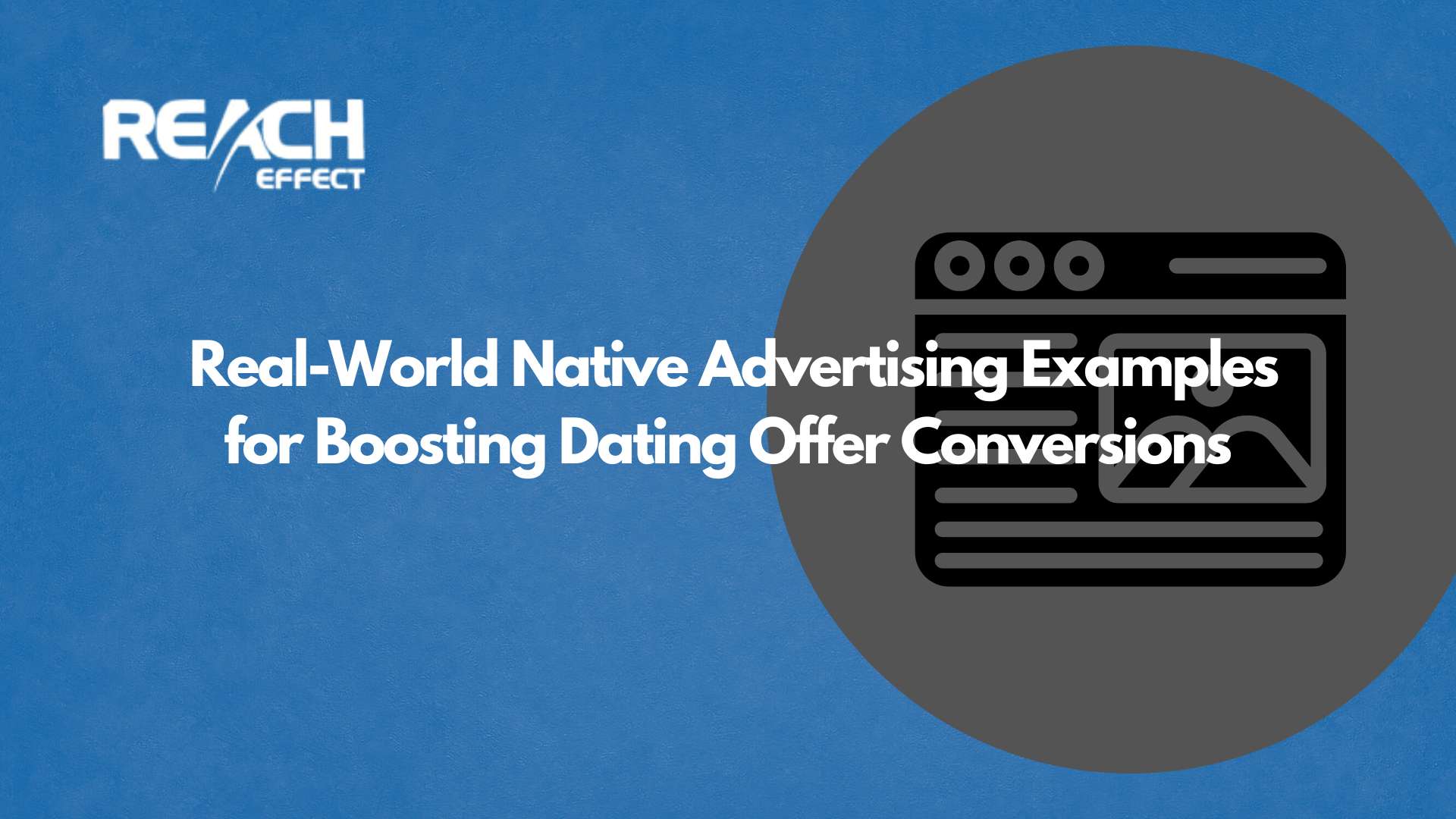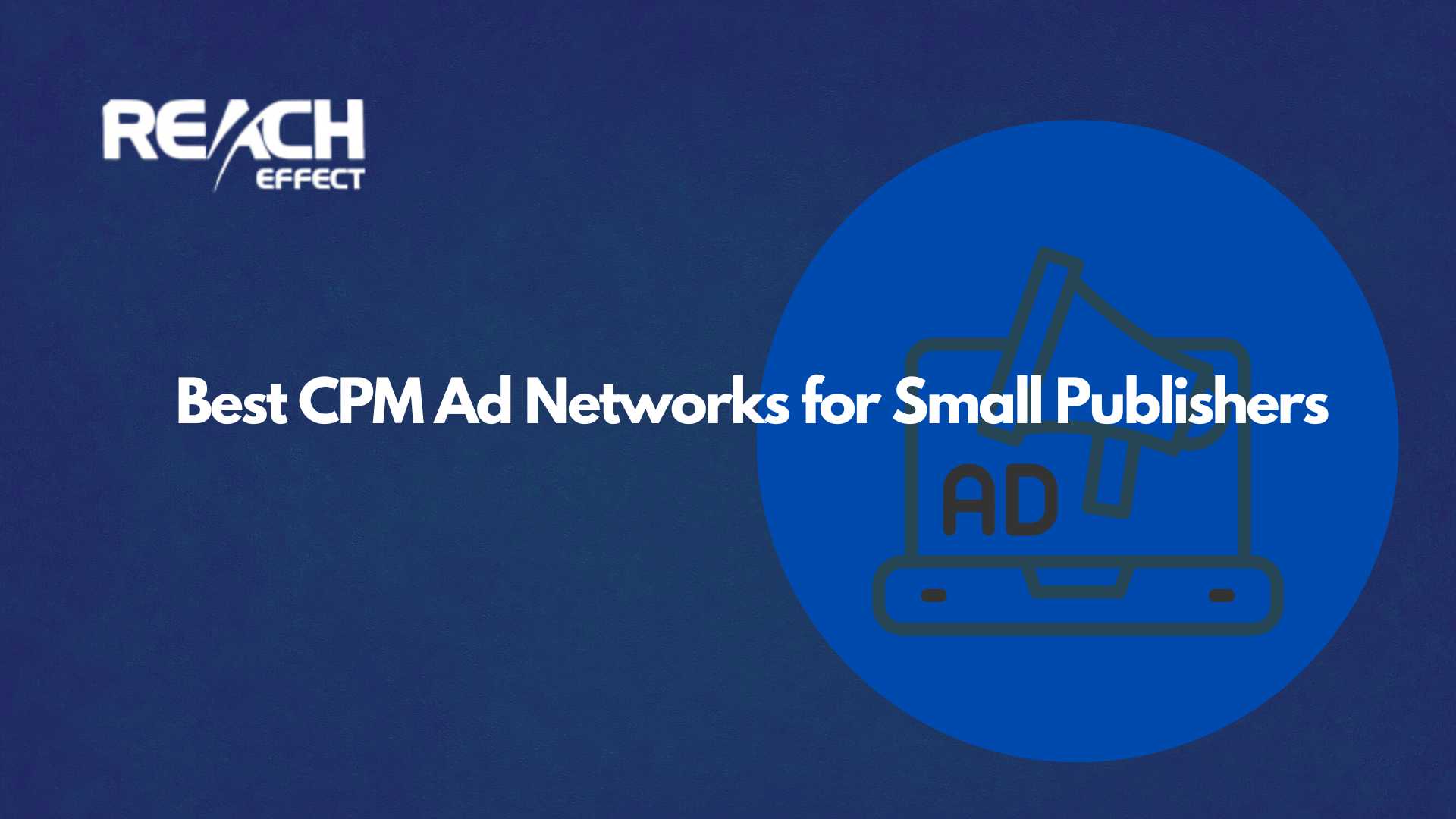If you’ve ever wondered how advertisements appear on websites at exactly the right moment for the right audience, I’m about to explain the technology that makes it all possible. An ad server is the central command center that decides which ads appear where, tracks their performance, and ensures advertisers get what they paid for.
Thank you for reading this post, don't forget to subscribe!Understanding What An Ad Server Is
An ad server is a piece of advertising technology used by publishers, advertisers, ad agencies, and ad networks to manage and run online advertising campaigns. Think of it as software that stores, manages, and delivers advertisements to websites, apps, or other digital properties.
Ad servers are the technological engines that allow advertisers and publishers to optimize, manage, and distribute ads across multiple paid channels. When you visit a website, you don’t see randomly chosen ads. Within milliseconds, an ad server receives a request, evaluates factors about you and the context, selects the most appropriate ad, delivers it to your screen, and tracks that it was shown.
What Is An Ad Server and How Does It Work?
The process happens incredibly fast. Here’s what occurs behind the scenes:
The Ad Serving Process
When someone loads a webpage, the publisher’s ad server receives a request for an advertisement. The server evaluates available inventory and determines which ad to show based on targeting parameters, campaign priorities, and budget constraints.
The most relevant ads are selected using complex algorithms and advanced decision-making tools. The ad server considers the user’s location, device type, browsing history, time of day, and dozens of other data points to make the best match.
Once selected, the ad creative is fetched from a content delivery network and displayed to the user. Simultaneously, the ad server records this impression for reporting and billing purposes. If the user clicks the ad, that action is also tracked and attributed to the appropriate campaign.
Key Components Working Together
The ad server manages campaign settings, targeting rules, creative assets, and budget allocation. It connects with data management platforms to access audience insights, integrates with ad exchanges for programmatic buying, and communicates with analytics tools for performance tracking.
This interconnected system ensures advertisers reach their target audiences while publishers maximize revenue from their inventory.
Types of Ad Servers You Should Know
Understanding different types helps you choose the right solution for your needs.
Publisher Ad Servers These are used by publishers to manage their own ad inventory directly. Publishers control which ads appear on their properties, prioritize different campaigns, and track performance across their entire network. This gives them complete control over inventory, pricing rules, and advertiser relationships.
Advertiser Ad Servers Advertisers and agencies use third-party ad servers to manage campaigns across multiple publishers. This provides a centralized place to track campaign performance regardless of where ads are displayed, offering consistent tracking and reporting across all publishers.
Supply-Side Platforms (SSP) These evolved from publisher ad servers, offering sophisticated tools for managing and selling ad inventory. SSPs help publishers maximize revenue by connecting to multiple demand sources simultaneously.
Demand-Side Platforms (DSP) DSPs allow advertisers to buy ad inventory across multiple publishers through a single interface. They integrate with ad exchanges and SSPs to access vast amounts of inventory and use algorithms to bid on impressions in real-time.
White-Label Ad Server Solutions
A white-label ad server is a fully functional ad serving platform that you can rebrand as your own. Instead of building ad server technology from scratch, which could cost millions of dollars and take years, you license existing technology and customize it with your branding.
Why White-Label Makes Sense
Building your own ad server from scratch requires experienced engineers, extensive testing, and continuous updates. Development costs can range from $1.5 to $2.5 million annually, not including salaries, maintenance, and operational expenses. White-label solutions operate on much more affordable subscription or revenue-share models.
You get proven technology immediately with ongoing updates and support. As privacy regulations change, new ad formats emerge, and technology evolves, your white-label provider handles these updates. You benefit from continuous development without additional investment.
White-Label Ad Network Opportunities
A white-label ad network provides not just the ad server technology but the complete infrastructure to operate an ad network. This includes publisher management tools, advertiser dashboards, billing systems, and reporting capabilities.
This allows entrepreneurs and agencies to launch their own branded ad networks without building everything from scratch. You can focus on acquiring publishers and advertisers while the technology handles complex ad serving and optimization automatically.
For agencies managing advertising for multiple clients, white-label ad networks offer the ability to provide comprehensive services under their own brand rather than sending clients to third-party platforms.
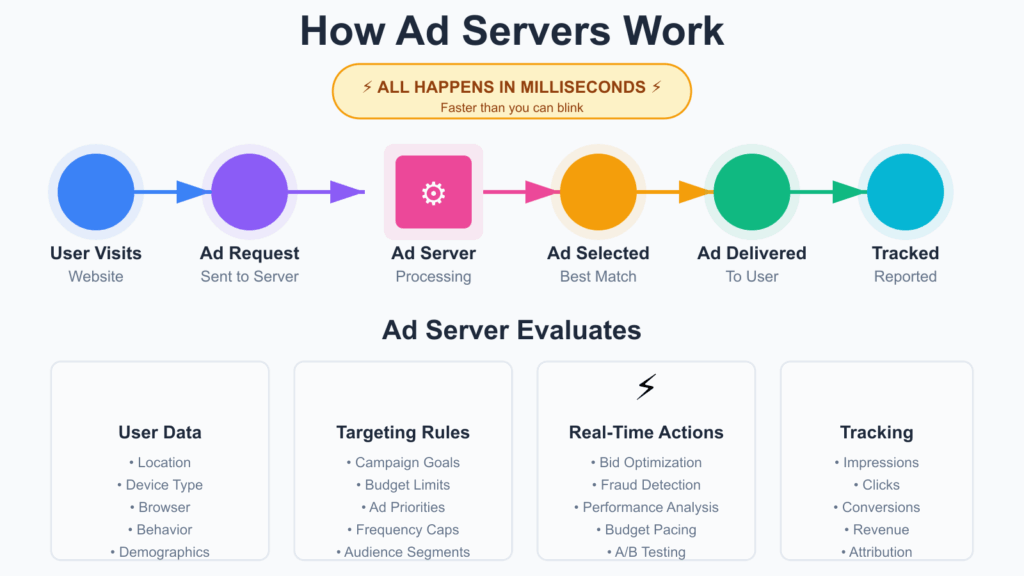
White-Label DSP: Taking Control of Programmatic Buying
A white-label DSP gives you the technology to operate your own demand-side platform under your brand. This is particularly valuable for agencies or ad tech companies that want to offer programmatic buying capabilities to their clients.
DSPs handle the complex process of bidding on ad impressions in real-time auctions. They connect to ad exchanges, evaluate available impressions against campaign targeting parameters, calculate appropriate bid prices, and execute purchases in milliseconds.
Having your own white-label DSP means you control the user experience, keep client data within your ecosystem, and can customize features to match your specific needs. You’re offering your own branded solution rather than reselling someone else’s platform.
The technology behind DSPs involves machine learning algorithms, real-time bidding engines, and integration with multiple data sources. Building this yourself would require significant technical expertise and resources. White-label solutions provide this capability without the development burden.
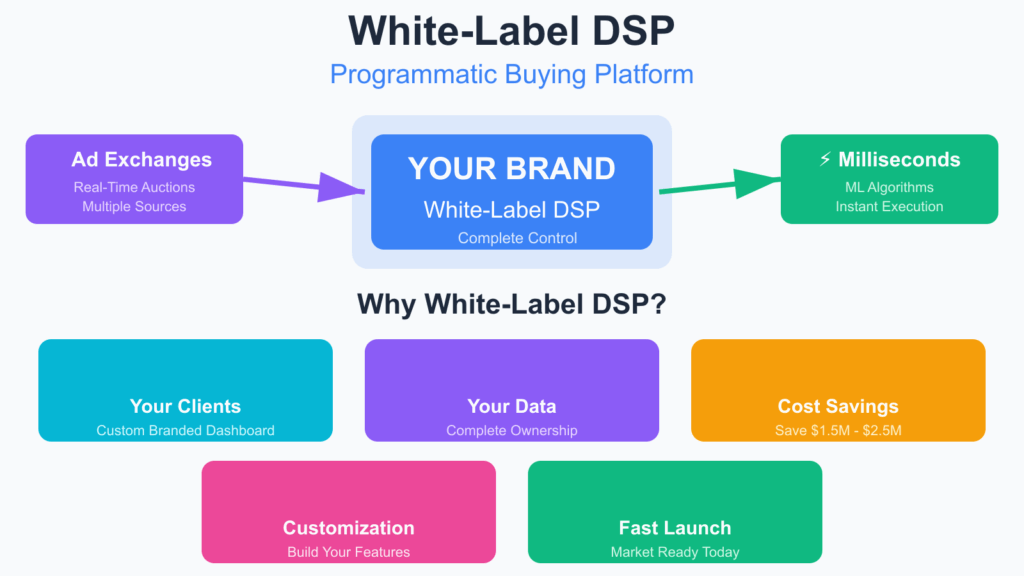
White-Label Mobile Ad Server Considerations
Mobile advertising has unique requirements that standard ad servers don’t always handle well. A white-label mobile ad server is specifically designed to address the challenges of serving ads on mobile devices and within mobile applications.
Mobile ad servers need to:
- Handle different ad formats optimized for smaller screens
- Manage in-app advertising effectively
- Track mobile-specific metrics accurately
- Integrate with mobile attribution platforms
- Work efficiently on devices with varying connection speeds
For businesses focusing on mobile app monetization or mobile advertising, choosing a white-label mobile ad server ensures you have the specialized features necessary for success. Standard web-focused ad servers often struggle with mobile-specific requirements like app tracking, in-app formats, and mobile measurement protocols.
Ad Server Pricing Models Explained
Understanding pricing models helps you choose a solution that aligns with your business model and growth plans.
Impression-Based Pricing Many ad servers charge based on the number of ad impressions served. You might pay a certain amount per thousand impressions, with volume discounts as your traffic grows. This model scales with your business, so costs stay low when starting out and increase only as you serve more ads.
Revenue Share Models Some providers take a percentage of the revenue generated through their platform instead of charging fixed fees. This aligns their success with yours, as they only make money when you make money. Revenue share typically ranges from 10% to 30% of advertising revenue.
Flat Monthly Subscription Subscription-based pricing offers predictable costs regardless of volume, at least up to a certain threshold. You pay a fixed monthly fee covering a specific number of impressions or features. This works well for businesses with relatively stable traffic volumes.
Custom Enterprise Pricing For large-scale operations, ad server providers offer custom enterprise pricing negotiated based on specific needs, volume commitments, and required features. These deals might include dedicated support, custom integrations, and service level agreements.
Which White-Label Ad Server Is Best for Ad Networks?
Choosing the right white-label ad server for your ad network depends on several factors including budget, technical requirements, target market, and growth plans.
GoAdserver: A Premier Solution
GoAdserver stands out as a premier white-label ad server option, particularly for those building ad networks from the ground up. The platform offers comprehensive features including real-time bidding capabilities, advanced targeting options, detailed analytics, and support for multiple ad formats.
What makes GoAdserver particularly appealing is its balance of sophisticated functionality with ease of use. You don’t need a team of engineers to get started. The platform provides intuitive interfaces for managing campaigns while still offering the technical depth that advanced users require.
GoAdserver supports both display and video advertising, handles mobile and desktop traffic, and includes fraud prevention tools to protect your network from invalid traffic. The white-label options allow complete customization of branding, so your ad network looks entirely like your own product.
Epom Ad Server
Epom offers another strong white-label ad server solution with multiple pricing tiers designed for different business stages. Their Light, Growth, Pro, and Enterprise plans provide flexibility as your ad network scales.
Epom excels at video advertising and mobile ad serving, making it a good choice if those formats are central to your strategy. They also offer strong technical support and regular platform updates to keep pace with industry changes.
AdSpeed
AdSpeed provides white-label ad server solutions with a focus on simplicity and reliability. Their platform might not have every advanced feature of more complex systems, but it offers solid core functionality at competitive prices.
For smaller ad networks or those just starting out, AdSpeed presents a lower-cost entry point while still providing essential features needed to run a professional operation.
Evaluating Your Options
When choosing which white-label ad server is best for ad networks, consider:
The ad formats you plan to support matter significantly. If you’re focusing heavily on video, choose a platform with strong video capabilities. If mobile is your primary channel, prioritize mobile-specific features.
Technical support and documentation are crucial, especially if you don’t have extensive ad tech experience. Look for providers who offer responsive support and comprehensive resources.
Integration capabilities determine how easily you can connect your ad server to other tools in your stack, including analytics platforms, CRM systems, and payment processors.
For businesses looking to complement their ad server with effective audience targeting and campaign optimization, platforms like Reacheffect can enhance your advertising strategy by ensuring you’re reaching the right audiences with your campaigns.
Essential Features to Look For
Whether you’re choosing a white-label solution or evaluating ad servers for other purposes, certain features separate good platforms from great ones.
Advanced Targeting Capabilities Your ad server should support sophisticated targeting based on demographics, geography, device type, operating system, browser, time of day, and behavioral data. The more granular your targeting options, the better you can match ads to appropriate audiences.
Real-Time Reporting and Analytics You need immediate visibility into campaign performance. Real-time dashboards showing impressions, clicks, conversions, and revenue help you make data-driven optimization decisions quickly.
Fraud Prevention Invalid traffic wastes advertiser budgets and damages publisher reputations. Quality ad servers include built-in fraud detection that identifies and blocks suspicious traffic patterns, bot activity, and click fraud.
Multiple Ad Format Support Your ad server should handle display banners, native ads, video ads, and mobile formats seamlessly. Rich media support allows for interactive and engaging ad experiences that typically command higher CPMs.
API and Integration Options Robust APIs enable you to connect your ad server to other systems, automate processes, and build custom functionality. Strong integration capabilities extend your platform’s capabilities without requiring custom development.
How Ad Servers Drive Better Results
The quality of your ad server directly impacts advertising performance and revenue. A sophisticated ad server can dramatically improve results compared to basic solutions.
Optimization Algorithms Modern ad servers use algorithms to automatically optimize delivery based on performance goals. If a campaign aims for maximum conversions, the ad server learns which placements, times, and audience segments convert best and shifts delivery accordingly.
This automated optimization happens continuously, adjusting delivery thousands of times per day based on real-time performance data.
Yield Optimization for Publishers Publishers benefit from ad servers that maximize yield by intelligently allocating inventory. The ad server evaluates multiple demand sources simultaneously and selects the highest-paying option for each impression.
Campaign Pacing and Budget Management Ad servers handle the complex math of campaign pacing, ensuring budgets are spent evenly across campaign flights rather than burning through budgets too quickly or delivering too slowly.
Making Your Decision
Choosing the right ad server or white-label solution depends on your specific situation, goals, and resources.
If you’re a publisher looking to maximize ad revenue, you need an ad server with strong yield optimization, support for multiple demand sources, and detailed reporting.
For advertisers running campaigns across multiple publishers, a third-party ad server provides consistent tracking and centralized management.
If you’re building an ad network, a white-label ad server offers the fastest path to market. GoAdserver, Epom, and AdSpeed all offer viable solutions worth considering based on your specific requirements.
The ad server you choose becomes the foundation of your advertising operations. Take time to evaluate options thoroughly, test platforms when possible, and choose a provider that can grow with your business. The right ad server doesn’t just serve ads, it becomes a strategic asset that drives better performance, higher revenue, and sustainable growth.

